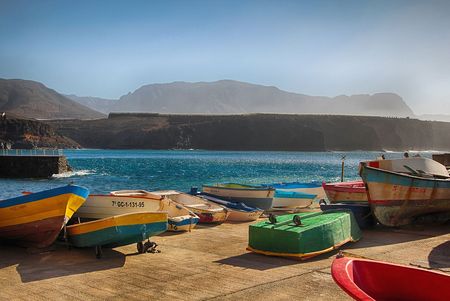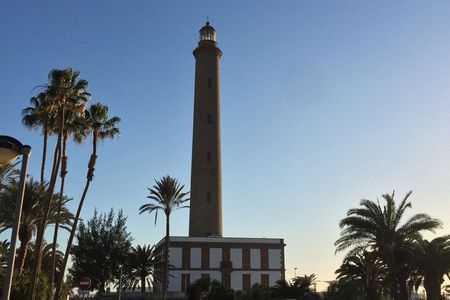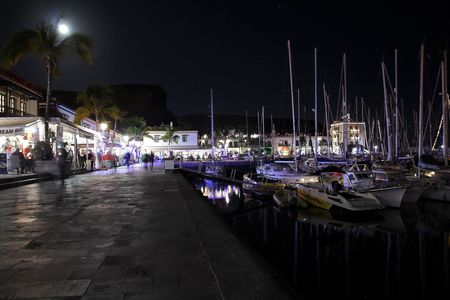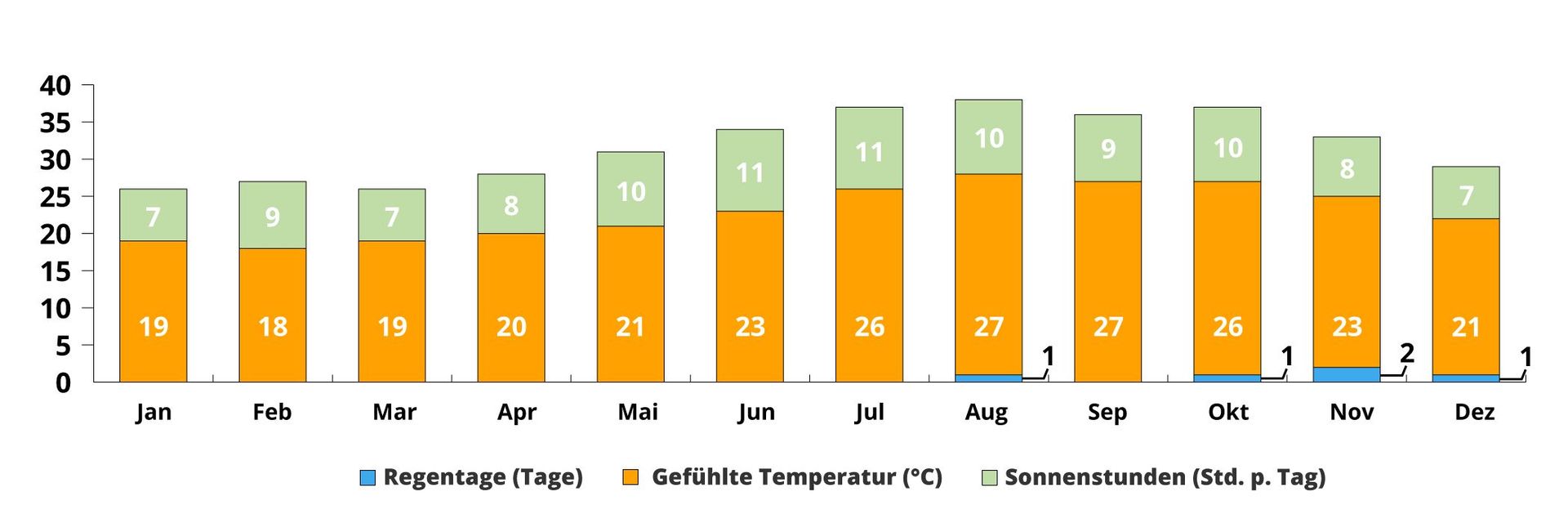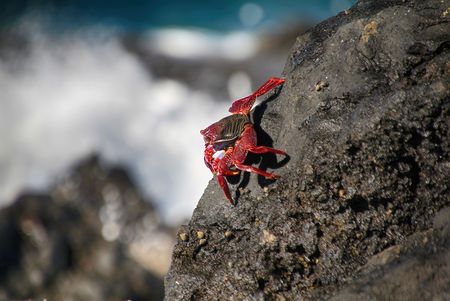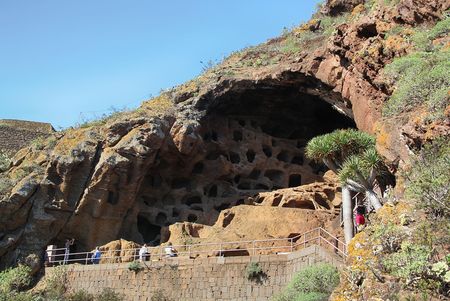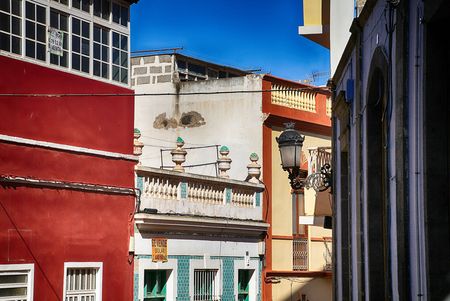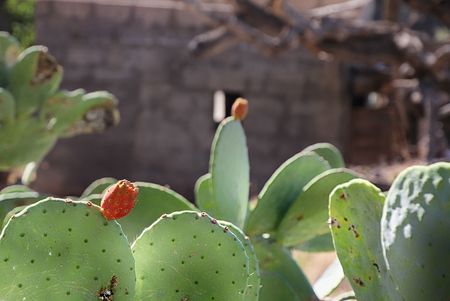Gran Canaria
Gran Canaria is part of Spain, and although the Canary Islands are just off the coast of northwest Africa, they’re part of Europe. It’s common knowledge that Gran Canaria has one of the world’s healthiest climates. Because the island enjoys spring temperatures most of the year, it’s also known as the island of eternal spring.
The sandy beaches in the south are in Playa del Inglés, Puerto Rico, the quieter location of Puerto de Mogán, and San Agustín. The island’s capital city, Las Palmas de Gran Canaria, is in the north. It has a beautiful old town and is famous for its beach, Playa de las Canteras, often compared to Rio de Janeiro’s Copacabana.
The port in Las Palmas de Gran Canaria is an important stopover on many cruises. The island has a population of just over 900,000, almost half of which lives in Las Palmas de Gran Canaria and the surrounding area. The interior of the island is dominated by mountains and rural areas. The foothills are green and fertile, while the north of the island has less vegetation.
Weather in Gran Canaria
Thanks to a boom in the 1960s, tourism became the island’s main economic activity. With such a healthy climate and spring-like winters, Gran Canaria is now one of Europe’s top destinations.
History of Gran Canaria
In earlier centuries, the people of Gran Canaria lived off the land, with little to show for it. Things have changed since then.
In the mid 19th century, Gran Canaria started to become a popular destination for European tourists. Cargo ships were fitted with cabins to bring passengers to the island, and the first hotels were built in the Canary Islands. Hotel Santa Catalina, in Las Palmas de Gran Canaria, was opened in 1890 and continues to welcome guests today. It’s actually the only hotel from the early period of tourism still running.
In the early 20th century, the Spanish central government gave the Canary Islands greater autonomy as one of its outlying provinces, paving the way for the development of tourism and related services. Numerous projects were carried out to improve the island’s infrastructure, including the construction of the airport, reservoirs and motorways. However, the First and Second World Wars and the Spanish Civil War brought a halt to development in the first half of the 20th century. Not even the opening of Gran Canaria’s Gando Airport, in 1930, was capable of boosting the tourism industry.
In 1957 tourism began to take off after Swedish airline TSA filled all of its 54 seats on a flight to Gran Canaria. This was the first of the many charter flights that have landed on the island since then.


